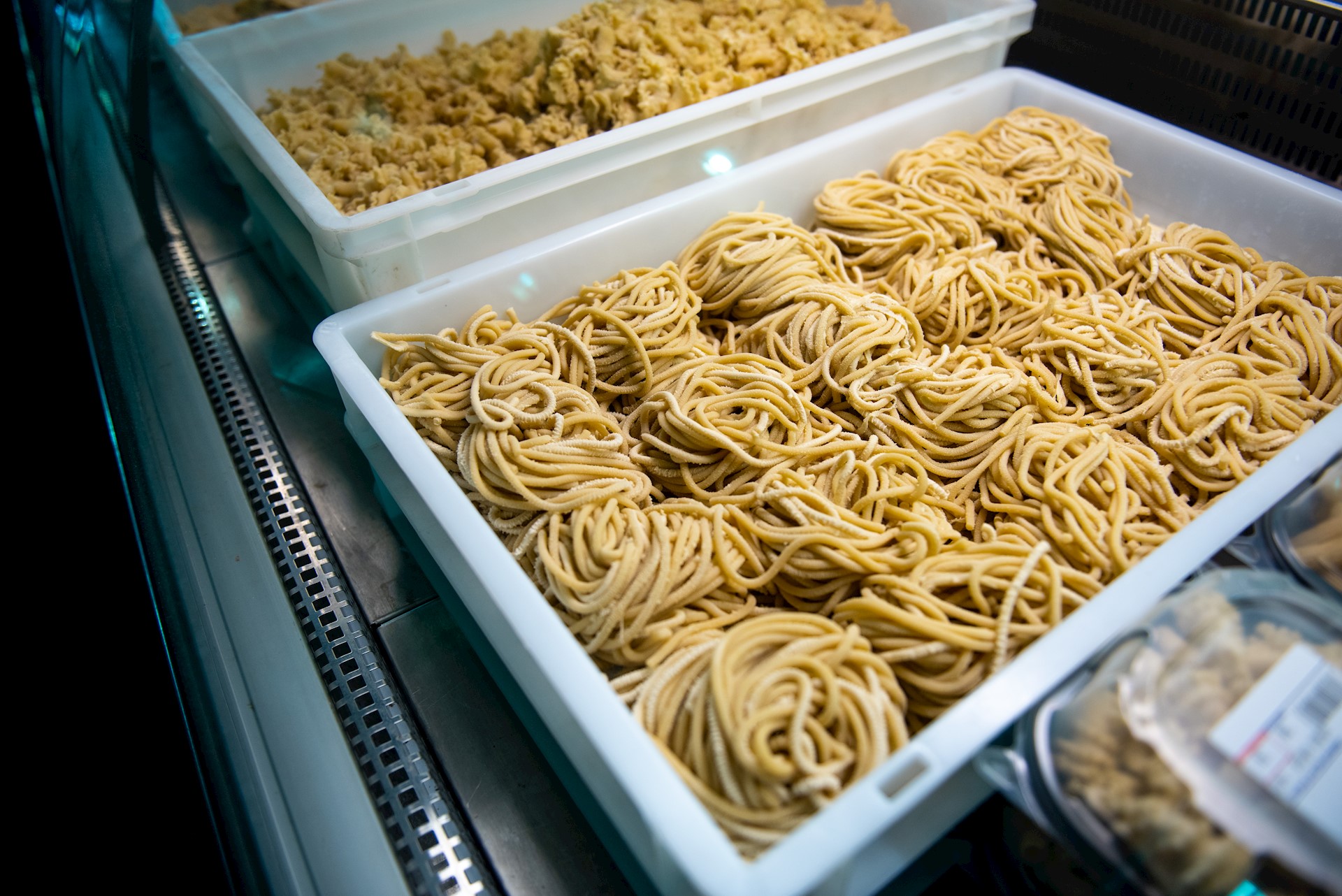Common names of plants are often a description of their appearance or uses, so it comes as no surprise that Spanish Bayonet — Yucca aloifolia — is allegedly named so because the Spanish used it to deter threats while occupying St. Augustine, Florida.
Spanish Bayonet would have been plentiful at that time considering it is native to the Southeastern United States, Mexico and the West Indies.
This architectural beauty seldom receives the accolades it deserves because it can easily puncture skin and clothing with its serrated leaf margins and terminal leaf spike. The leaves emerge in a radial pattern surrounding the thick trunk, which may tend to topple over due to the top-heavy weight. A slow grower, Spanish Bayonet will form into a multi-stemmed clump over time and reach heights of 20 feet, with a spread of 4 feet.
Spanish Bayonet is a bold statement piece and is forgiving of less-than-ideal soils, so long as they are well draining. It can be grown in pure sand, making it a perfect island plant with high drought and salt tolerance. Full sun to part shade will promote good health but this seemingly perfect plant can tolerate almost full shade. Easy to propagate from division or suckers, it can also be planted as a security measure against unwanted pests.

The clusters of white flowers with a purple tinge can be seen mostly throughout the summer months and are slightly fragrant. In addition to being strikingly exquisite, the flowers are edible and can add an eclectic touch to a salad or be served battered and deep fried. The fruits are also edible; however, it seems we may not have their pollinator on the islands, which is perhaps the most interesting fact about Yucca aloifolia. Not only do they attract butterflies, but the genus Yucca in general also hold a very special relationship with the yucca moth, or Tegeticula sp.
There is a fascinating symbiosis between Yucca aloifolia and Tegeticula sp., in that they have co-evolved over time. This is an exceptional example of mutualism in botany, whereby one cannot survive without the other. The plant needs the moth to be pollinated to produce fruit, and the moth needs the plant to lay its eggs. They are both host specific, and maybe this is the reason we do not see many Spanish Bayonet fruits on Cayman.
Carefully placed in the middle of the landscape beds in front of Foster’s, you will find clumps of Spanish Bayonet dotted thoughtfully between sweeps of ornamental grasses.


